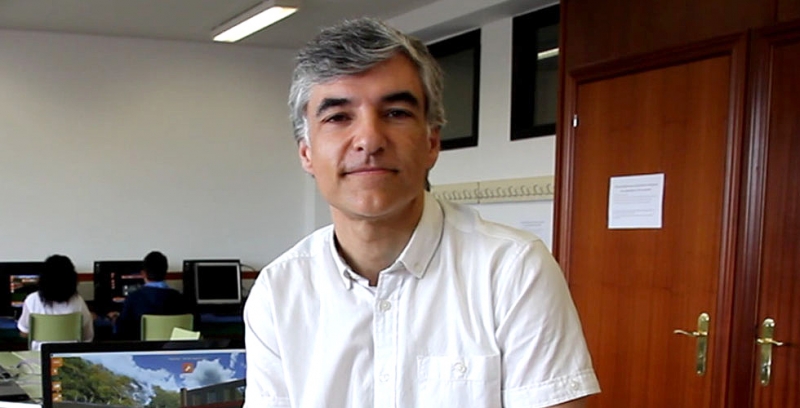In February 2015, preparations began for what would be a two-year-long (September 1, 2015-August 31, 2017) Erasmus+ Project (KA219). At IES Emilio Alarcos in Gijón, we wanted to do a project that would develop the digital and linguistic skills of both the students and faculty of the Center, and we soon found three partner schools who wanted to join the adventure: Technisch Atheneum Het Spoor in Mol (Belgium), Balassi Bálint Gimnázium in Budapest (Hungary), and Hofstad Lyceum in The Hague (the Netherlands).
The project, called IT@school, has enabled students from different countries to collaborate both online, through the European platform eTwinning, and in person, during the four mobilities, one in each country.
The project encompasses aspects such as netiquette, Internet safety, and using mobile devices in school and has also made it possible to share a large number of tasks and activities through the many apps available (you can find a good summary of all the ones used at this link).
I found out about The Education District from my participation in INTEF's first Virtual Reality in Education MOOC (#VRMooc) in February 2017. Without a second thought, I suggested to my partners that we integrate this virtual world in our Project. The response was immediate, and I soon invited my students to start designing the virtual space to which we would later upload all the digital products created during the Project.
They appeared motivated and interested from the get-go. After appointing a "construction manager," a second-year high school student with a lot of IT experience, they soon got to work, and in no time at all, taking advantage of recess and free time and working together, they had designed and built from scratch, block by block, their own 3D virtual space: a large two-story building with four rooms, one for each country. Evidently, during the process, there had been time to test, play, and build, and new ideas began to emerge (like creating a huge labyrinth or introducing teleportation to other playrooms within our virtual world).
Finally, everything was ready to present our IT@school world during the mobility that was to take place in Gijón (May 14-20). On Monday, May 15, our students presented the project they had done, and a work group was formed with representatives from each country. In three days, and working together as a team within the content management platform, they were able to bring interactivity (videos, presentations, images, text, etc.) to the architectural space and turn it into an exhibition center that everyone can visit through this link: IT@school. Exhibition hall.
On the last day of the mobility, all the students had the opportunity to visit our virtual world, check out the different rooms, and play, with their customized avatars, the games that had been added (building in teams, linguistics tests, etc.). Additionally, in the official closing ceremony of the project, the students used The Education District to present, in a 3D environment, the work they had done over the past two years to the entire educational community.
The Education District has been the culmination of this large-scale Project whose backbone is linguistic and digital skills. The only downside is not having known about it sooner so that we could complete the activities done in real life in this virtual world. It undoubtedly presents a great many educational opportunities, and I encourage all interested teachers to explore them. I can assure you that the students love it. Who knows, maybe this could be the start of a new Erasmus+ Project.






